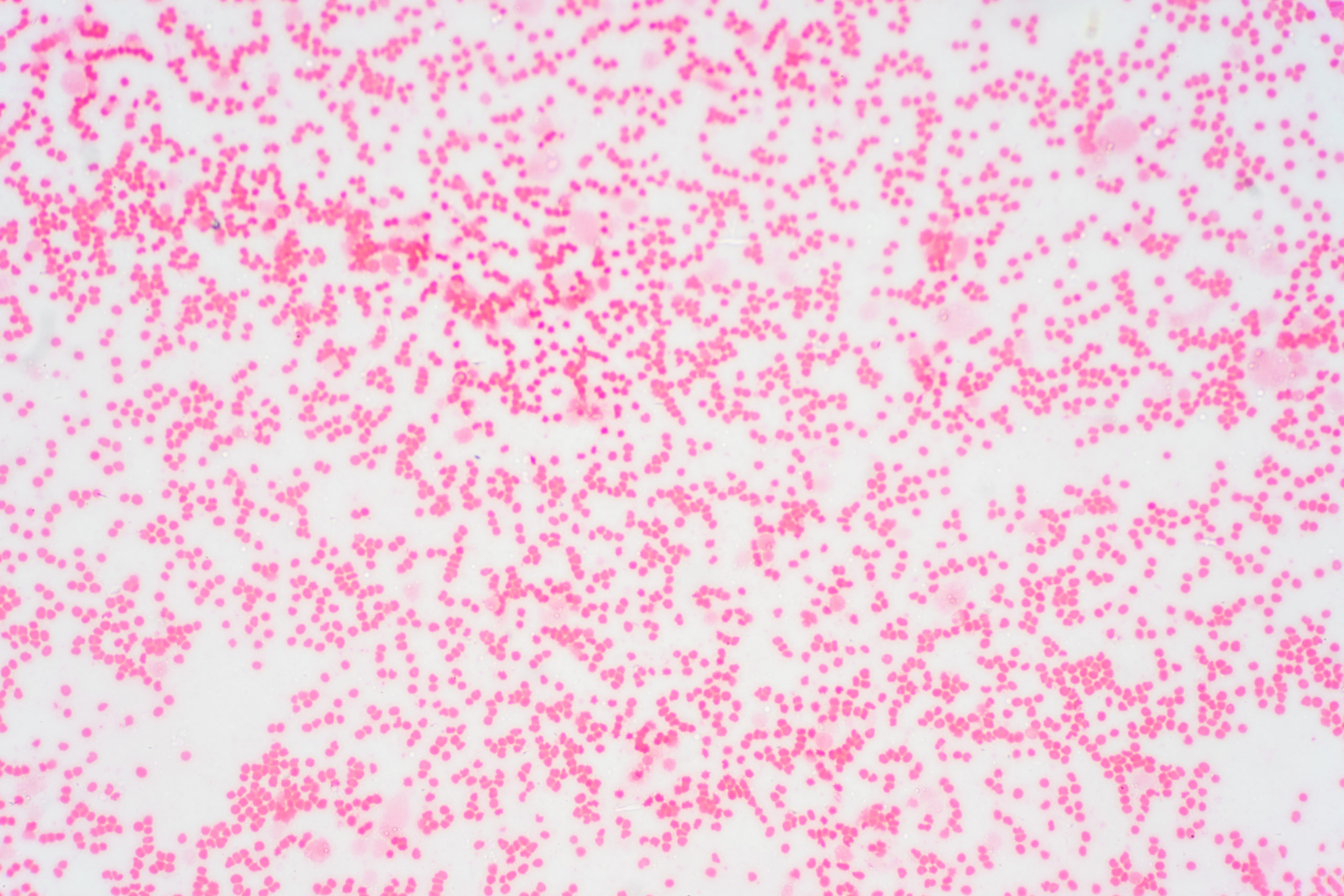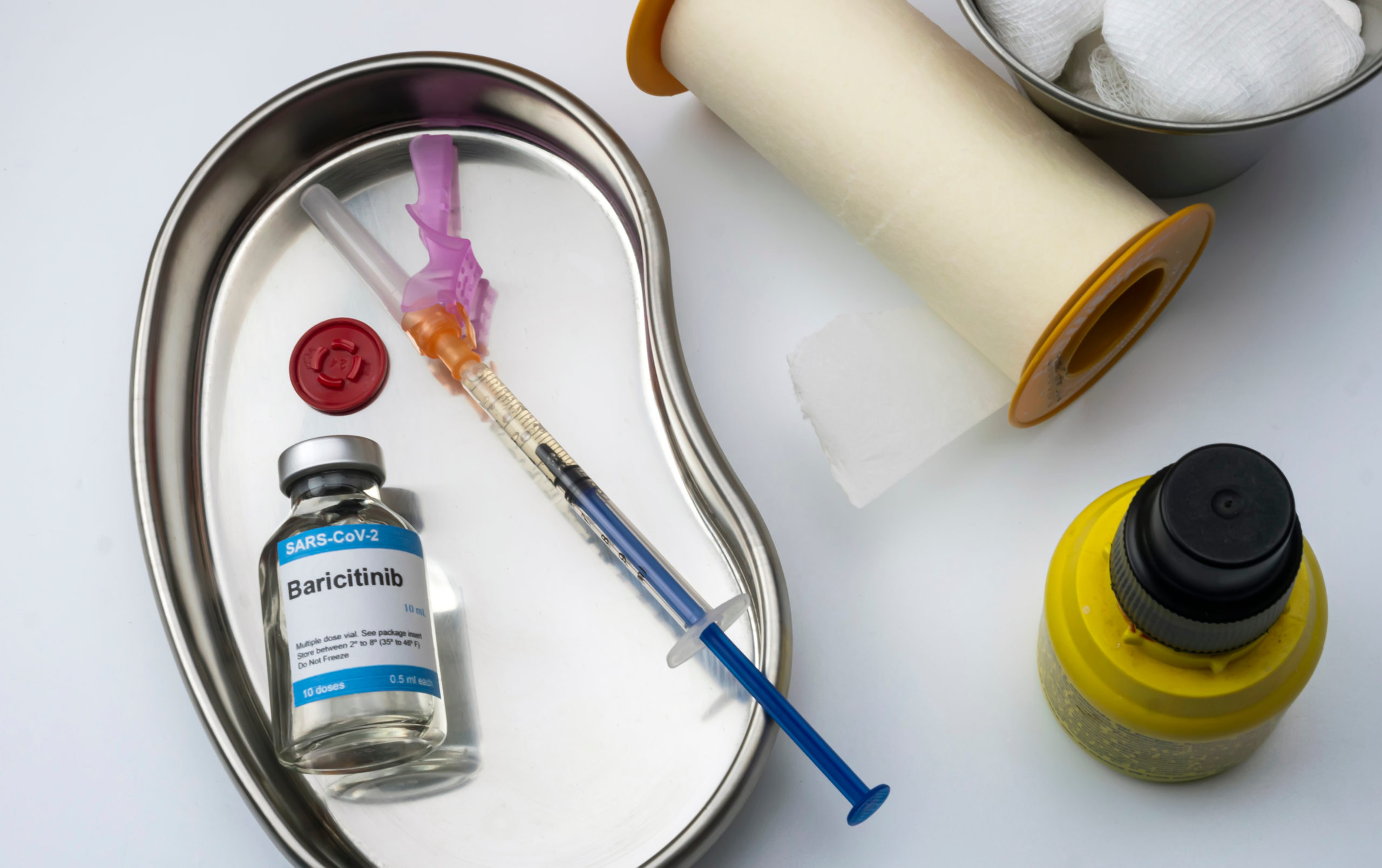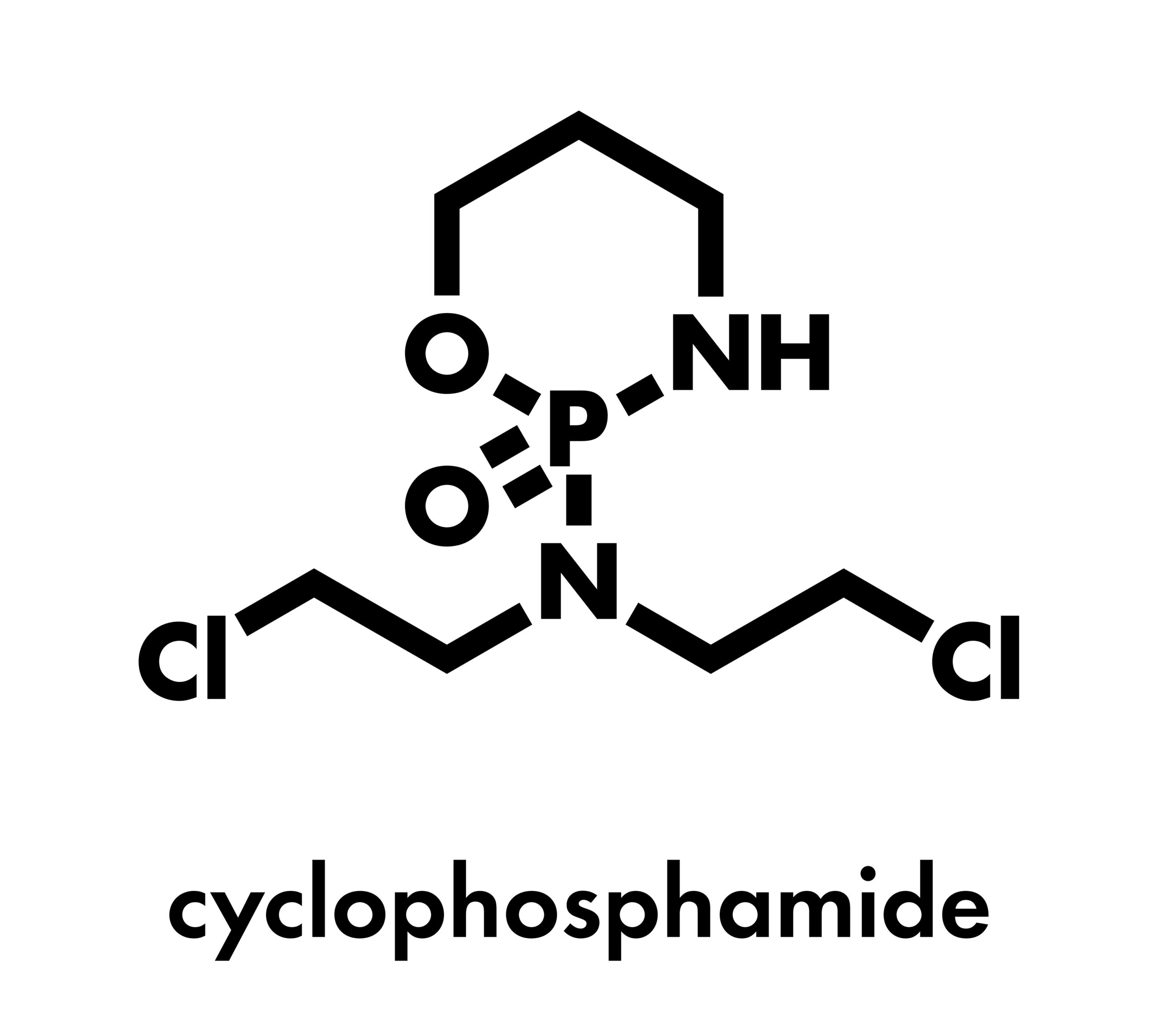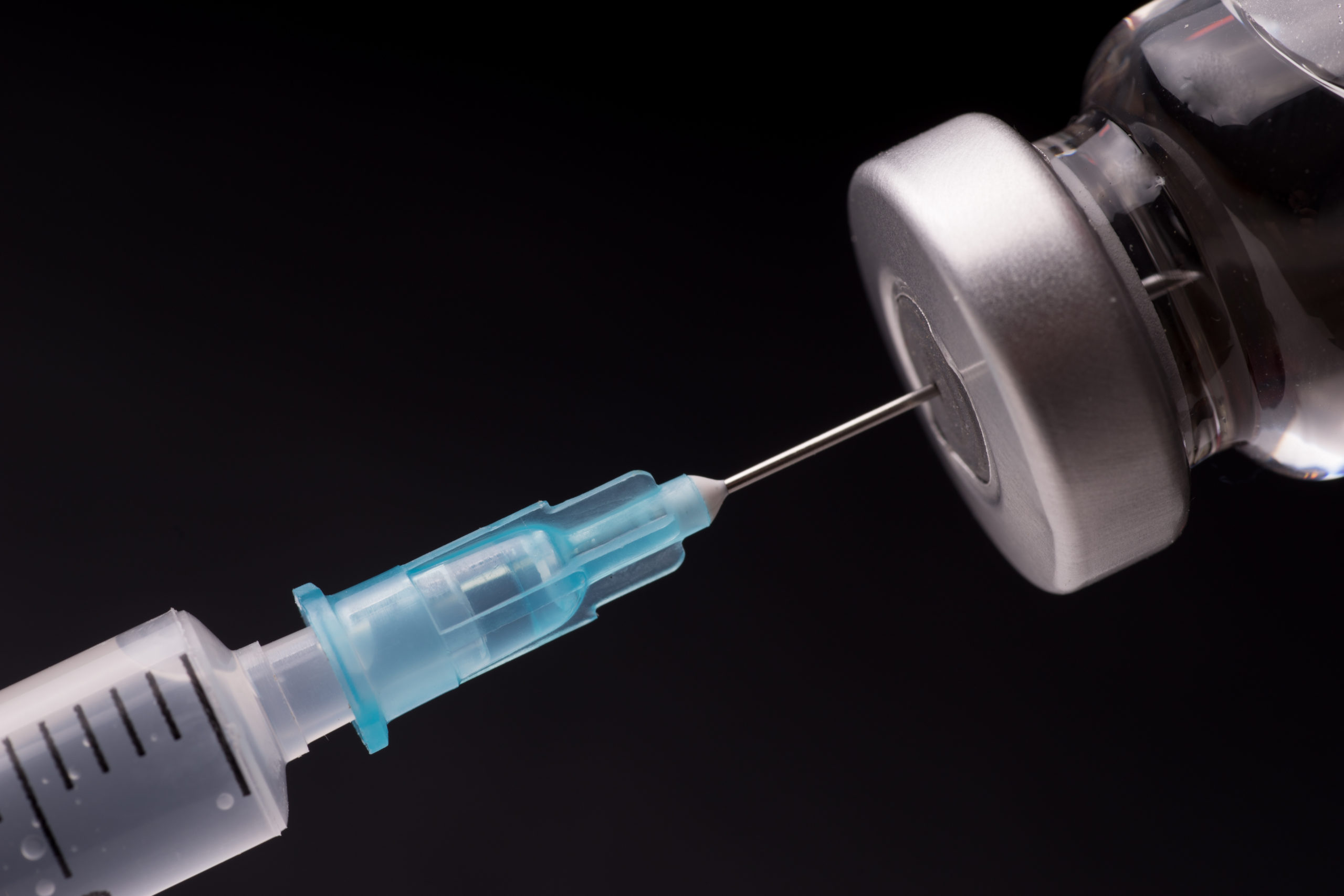
Researchers from the Division of Hematology at Mayo Clinic, led by Naseema Gangat, MBBS, sought to identify predictors of response and survival based on long-term outcomes in patients with myelofibrosis (MF) treated with Janus kinase 2 (JAK2) inhibitors in clinical trials. Presented at the 64th ASH Annual Meeting and Exposition, the study found that spleen and anemia responders and those without SRSF2 mutations had the most favorable survival rates.
In addition, the researchers found that the type of JAK2 inhibitor used did not alter survival, and that fedratinib use and lack of ASXL1 mutations predicted a spleen response, while presence of SRSF2 mutations predicted anemia response.
Fedratinib Use and Organ Responses Predict JAK Inhibitor Success
The retrospective study included 183 JAK inhibitor-naïve patients (58% male), the majority of whom had primary myelofibrosis (60%). Other diagnoses included postpolycythemia vera or postessential thrombocythemia myelofibrosis. Participants were treated with ruxolitinib (n=50), fedratinib (n=23), momelotinib (n=79), or BMS-911543 (n=31) in clinical trials at the Mayo Clinic between October 2007 and July 2013.
The cohort had a median age of 65 years (range, 34-89 years) and initiated treatment at a median of 27 months after diagnosis. Researchers noted 80% of patients had JAK2, CALR, and MPL driver mutations, in 80%, 11%, and 5% of evaluable patients, respectively. Additional mutations included ASXL1 (47%), SRSF2 (19%), and IDH1/2 (3%). A total of 97 (53%) patients had abnormal karyotype, of which 53% were unfavorable.
At a median follow-up of 3.7 years (range, 0.1-14.4 years), 97% of patients (n=178) had discontinued treatment after a median treatment duration of 17 months, with 3- and 5-year discontinuation rates of 77% and 92%, respectively.
Among 166 evaluable patients, 83 (50%) achieved a spleen response with a 22-month median duration of response (range, 2-132 months). These responses were more frequent in patients treated with fedratinib (83%) compared with ruxolitinib (32%), momelotinib (47%), or BMS-911543 (44%) recipients (P=.02).
The authors’ multivariate analysis verified statistical significance for fedratinib versus ruxolitinib treatment (P=.04) and ASXL1 mutations (P=.01) in terms of spleen response. Authors noted 22 patients who received transplantation had more favorable median (not reached vs 3.3 years), 5-year (91% vs 47%), and 10-year (45% vs 19%) survival compared with those who did not.
Overall, Gangat and colleagues suggested their study “provides long-term outcome data for myelofibrosis patients treated on JAK2 inhibitor clinical trials and underscores the durable survival benefit conferred by allogeneic transplantation,” while identifying potential predictors for favorable treatment response.
More From ASH: Ropeginterferon Alfa-2B in Prefibrotic PMF







 © 2025 Mashup Media, LLC, a Formedics Property. All Rights Reserved.
© 2025 Mashup Media, LLC, a Formedics Property. All Rights Reserved.